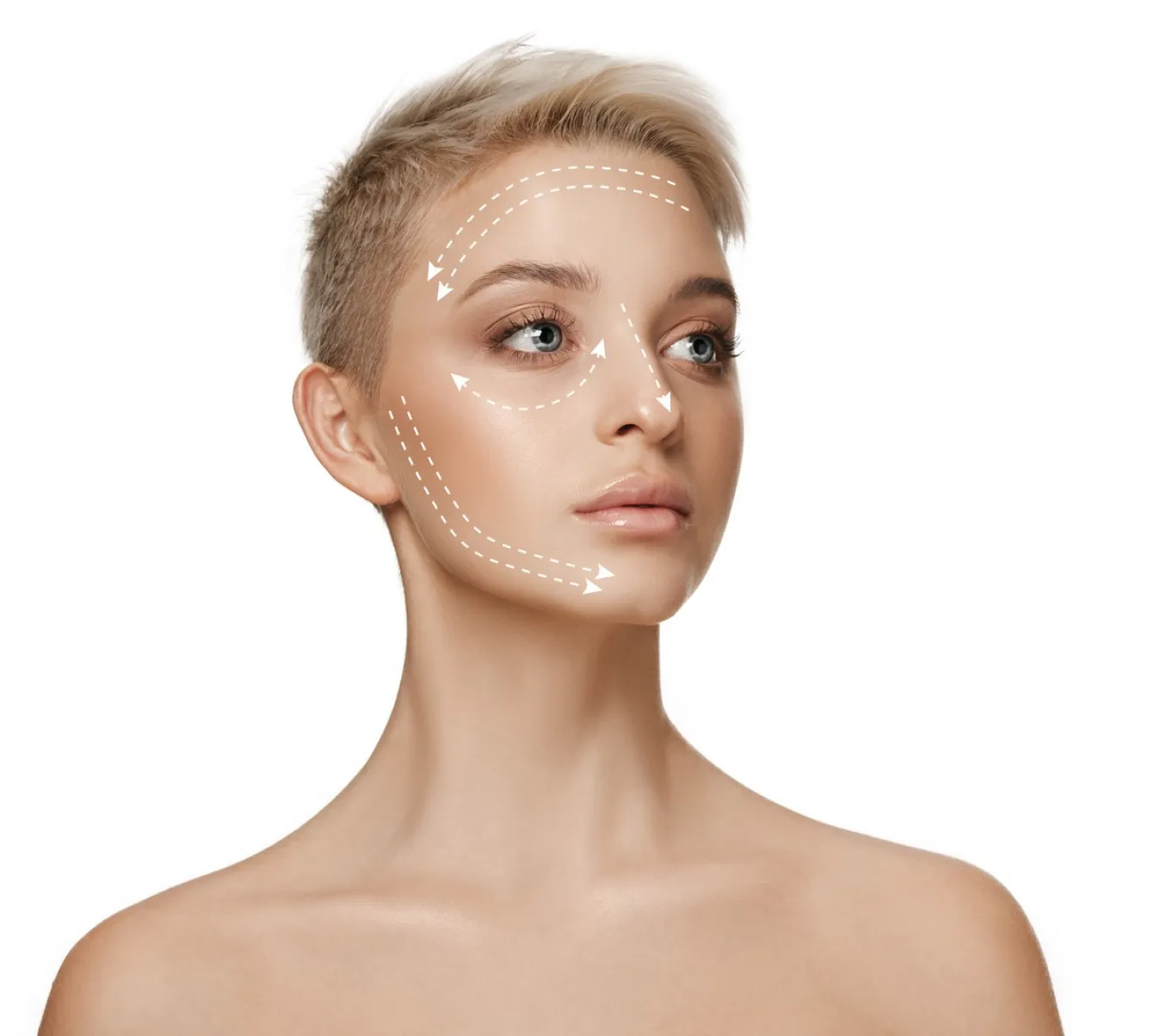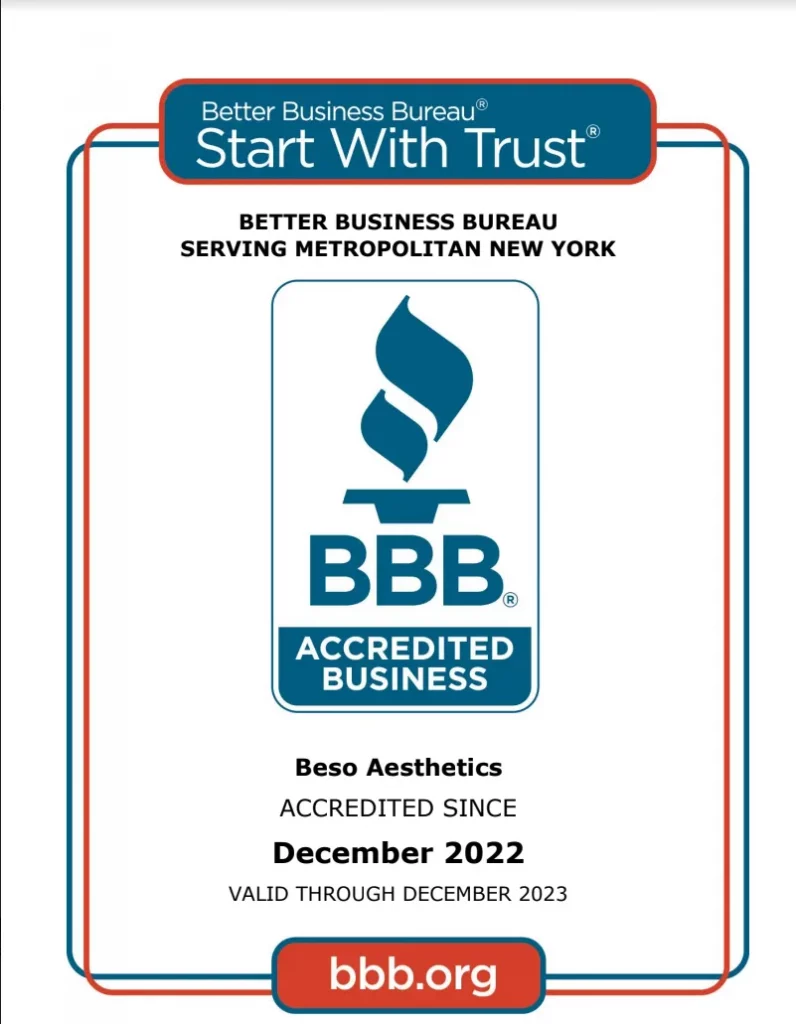Dermal Fillers: Enhancing Your Appearance
What are Dermal Fillers?
Dermal fillers are injectable treatments that restore facial volume, smooth wrinkles, and enhance facial features. They are composed of various substances, with hyaluronic acid being a common ingredient.
Other fillers include poly L lactic acid and calcium hydroxylapatite, which can provide semi-permanent solutions for facial aging.
Dermal fillers stimulate collagen production, resulting in a more youthful appearance. They address various signs of aging, including sagging skin, thin lips, and crow’s feet.
Despite being minimally invasive procedure, trained professionals should administer dermal fillers to avoid allergic reactions or overfilling.
Overall, they offer a natural-looking enhancement to facial anatomy, helping individuals achieve smoother lines and a refreshed appearance without invasive surgical procedures.
Understanding Hyaluronic Acid
Hyaluronic acid is a naturally occurring substance in the skin’s connective tissue, making it a key component in many dermal filler products. In facial fillers, hyaluronic acid is injected to restore facial volume and smooth wrinkles.
This type of filler is famous for its ability to treat deeper wrinkles, such as vertical lines, nasolabial folds, and marionette lines while providing natural-looking results.
Hyaluronic acid fillers effectively address signs of aging, including sagging skin and thin lips, resulting in smoother lines and a refreshed appearance. Overall, understanding hyaluronic acid and its role in dermal filler treatments is essential for individuals seeking to enhance their facial characteristics and achieve a youthful look.
Facial Fillers zones
The Dermal Filler Procedures: How It Works
The dermal filler uses FDA-approved gel-like substances, such as hyaluronic acid or calcium hydroxylapatite. These dermal fillers can be injected beneath the skin's surface to smooth wrinkles and restore lost volume.
During the surgical procedure itself, a qualified cosmetic surgeon administers the filler injections into targeted areas, like frown lines or crow's feet, using a fine needle. The process is a low-impact intervention typically performed as a medical procedure in outpatient settings.
It's essential to choose FDA-approved fillers and seek treatment from experienced professionals to minimize the risk of allergic reactions or complications.
Types of Dermal Fillers
When it comes to types of dermal fillers, there are several options available to address different concerns and achieve specific goals.
Hyaluronic acid (HA) fillers are famous for restoring volume to facial lines and smooth wrinkles. HA fillers can target areas like nasolabial folds and smile lines, providing a natural-looking result.
Calcium hydroxylapatite (CAHA) fillers offer semi-permanent enhancement for deeper wrinkles and skin folds.
Poly L lactic acid fillers stimulate collagen production to improve skin texture and reduce the appearance of acne scars and deep wrinkles over time.
These fillers are FDA-approved and can be administered by a qualified cosmetic surgeon as an outpatient procedure. They provide a youthful look by filling wrinkles, creating smooth lines, and restoring facial volume.
Overall, the choice of dermal filler depends on individual needs and desired outcomes, with options ranging from temporary to semi-permanent solutions to address various signs of aging and enhance natural facial structure.
The Role of Cosmetic Surgeons
Your cosmetic surgeon plays a crucial role in the process of dermal injection fillers. They are skilled professionals trained to administer injectable fillers safely and effectively.
During the dermal filler procedure, your cosmetic surgeon will carefully assess your facial anatomy and determine the best placement for the injections to achieve optimal results. They will consider factors such as the location of wrinkles, like frown lines or sagging skin, and choose the appropriate filler type to address your specific concerns.
Additionally, your surgeon will ensure the injections are made precisely at the designated injection sites to target wrinkles and enhance facial looks.
Your cosmetic surgeon will guide you through the process, addressing any concerns you may have and providing post-procedure care instructions. With their expertise and knowledge, cosmetic surgeons help individuals achieve natural-looking results and boost self-confidence.
Benefits of Injectable Dermal Fillers
Injectable dermal fillers offer numerous benefits to improve your appearance without plastic surgery.
Dermal fillers can help individuals achieve smoother lines and a natural-looking appearance. Many dermal fillers are FDA-approved, assuring their safety and effectiveness.
Unlike surgical procedures, dermal filler injections are minimally invasive and typically performed as outpatient treatments.
They can also be used with other cosmetic treatments like Botox for enhanced results.
Some inject dermal fillers stimulate collagen production, further enhancing skin texture. With their ability to fill wrinkles and improve facial structure, injectable dermal fillers offer a convenient and effective solution for individuals looking to rejuvenate their appearance.
Potential Risks and Allergic Reactions
While dermal fillers are generally safe and effective, individuals should be aware of potential risks and allergic reactions.
Injecting dermal fillers involves inserting substances into the skin to smooth wrinkles and enhance facial features, sometimes leading to adverse reactions.
Allergic reactions may occur in response to the filler substance or other ingredients used in the injection.
Symptoms of an allergic reaction can range from mild redness and swelling at the injection site to more severe complications like infection or tissue damage.
Additionally, improper injection technique or placement of the filler can result in sagging skin, facial asymmetry, or other unwanted outcomes.
By carefully considering the potential risks and benefits of dermal filler treatment, individuals can make informed decisions to achieve the desired results while minimizing the likelihood of adverse reactions.
Considerations and Safety
Safety should be a top priority when considering dermal fillers or other treatments. Dermal fillers should only be administered by qualified professionals such as plastic surgeons. Before you buy dermal fillers or undergo any injectable treatment, discussing potential risks and benefits with your provider is essential.
While many dermal fillers are considered safe, there are factors to consider, such as the type of filler used, potential allergic reactions, and the skill of the practitioner. It’s also essential to choose FDA-approved fillers and to avoid unlicensed providers or questionable sources when purchasing dermal fillers.
Understanding the expected outcomes and potential side effects, such as temporary swelling or bruising, can help ensure a positive experience. Individuals can achieve natural-looking results by prioritizing safety, working with experienced professionals, and confidently maintaining facial appearance.
The Role of Other Treatments: Botox and Fat Injections
Botox, a form of botulinum toxin, is commonly used to relax muscles and reduce the appearance of wrinkles, particularly in areas such as the forehead and around the eyes. It temporarily blocks nerve signals to the muscles, resulting in smoother skin and fewer wrinkles.
On the other hand, fat injections involve transferring fat from one part of the body to areas of the face that have lost volume, such as the cheeks or under the eyes. This helps to restore fullness and improve the overall appearance of the face.
Botox and fat injections can complement injectable fillers by targeting different aspects of facial aging, such as dynamic facial wrinkles and volume loss.
Combining these treatments allows individuals to achieve a more comprehensive rejuvenation and maintain a natural appearance. Consulting with a qualified practitioner is essential to determine the most suitable treatment plan based on individual needs and desired outcomes.
FAQ's
Fillers are used to restore volume in various parts of the body, especially the face. They can help smooth out deep wrinkles and fine lines, giving the skin a youthful look.
Fillers are often used to enhance volume and contour in facial fat grafting procedures. They can also enhance the jawline or add volume to areas where bone structure has diminished over time.
Generally, hyaluronic acid fillers can last anywhere from 6 to 18 months. However, some HA fillers are formulated to last longer, up to two years or more. Other fillers, such as those made from calcium hydroxylapatite or poly-L-lactic acid, may last longer, typically around 12 to 24 months.
Dermal fillers are specifically designed to be injected into the skin to add volume, while fillers can refer to a broader category of substances used to fill wrinkles and lines. Dermal fillers are often semi-permanent, meaning they last for several months, while some fillers may be temporary and require more frequent injections.
Yes, it is generally safe to have dermal fillers injected into your face when performed by a qualified and experienced healthcare provider. Dermal fillers are commonly used to reduce the appearance of wrinkles, add volume, and enhance facial contours. When it performed correctly, dermal fillers can provide safe and effective results for facial rejuvenation.



